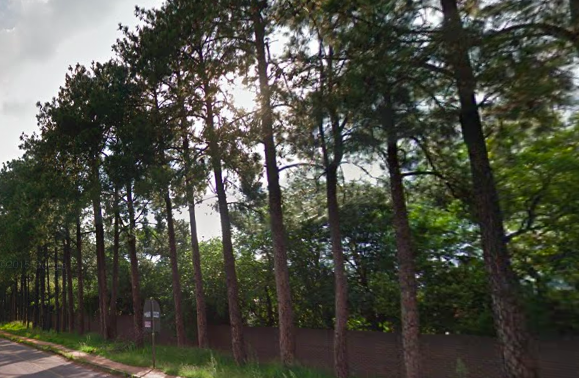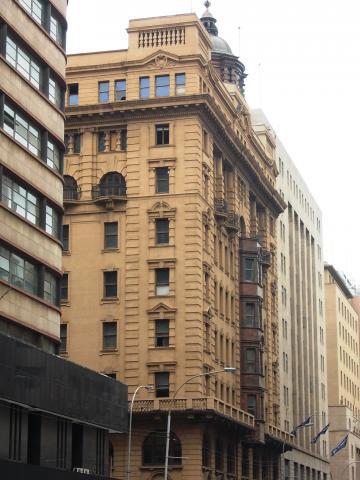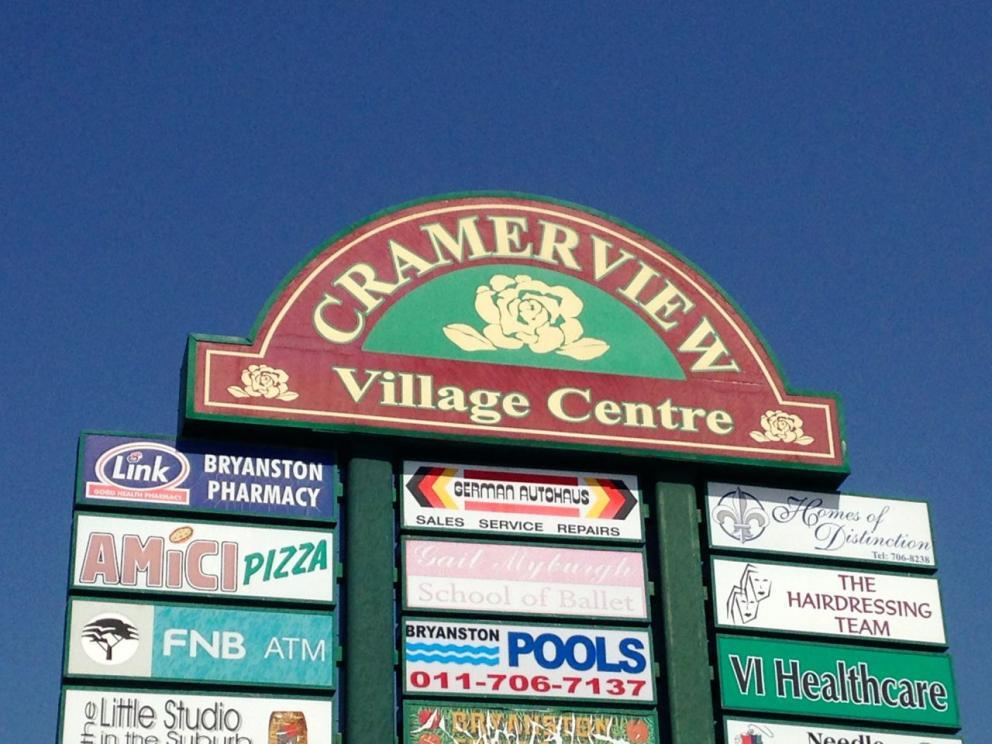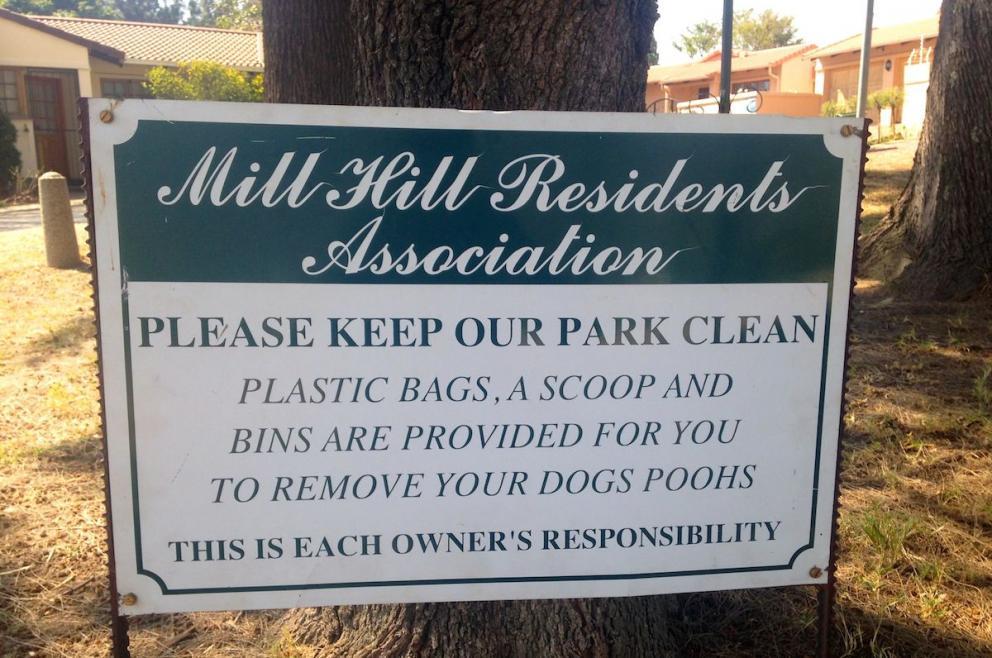
Disclaimer: Any views expressed by individuals and organisations are their own and do not in any way represent the views of The Heritage Portal. If you find any mistakes or historical inaccuracies, please contact the editor.
We are very grateful to Trish and Murray Myhill for sending us "The Mill Hill Story". The article was compiled about fifteen years ago by the late Jilly Hayes, former mayoress of Sandton, and explores the rural roots and development of this upmarket Johannesburg suburb. Mill Hill is located to the west of Bryanston and to the north of Randburg.
Little more than fifty years ago guinea fowl, ringhals, plovers, a few sheep, cows and a pony far outnumbered the families living in this area. A windmill provided water and Coleman lamps light at night. The nearest shop was the "One Stop Cafe", a long trek along Main Road to what is now Randburg.
In 1934 Dr Rodney Bridges, then Senior Geologist for the Corner House Group of Mines, purchased fifty acres, being portion 87 of the farm Driefontein III. He named his newly acquired land "Mill Hill", after the school he had attended in north west London. A year later, Gus and Marge Emery purchased the adjacent portion of the Driefontein farm and named their new home Silvaplana. The Emery family still owns half of this property. The other half is now San Sereno.
The Corner House Johannesburg (The Heritage Portal)
Rodney and his wife Barbara built a small thatched cottage in a corner close to Main Road. Their two sons, Digby and Wiggie, were brought up by a white nanny who sadly died after being stung by a swarm of bees. While serving in the Second World War, Rodney met his second wife, Magda.
As the war ended the pattern of life around Mill Hill changed forever. The adjacent farm, portion 87 of Driefontein III was sold to Samuel Cramer. He was looking for an opportunity for his two young ex-servicemen sons. This erf had "special business rights" and a small bicycle repair shop; and so the two boys became "motor mechanics". A petrol pump, a chemist and Cramer Bros. Outfitters followed. In 1973 the Cramerview Village Centre was sold to the Bradfield family and the pace of development accelerated.
Cramerview Village Centre (The Heritage Portal)
Changes were also taking place in Mill Hill. In the early 1950s Dr Bridges turned King's Evidence in a "cause célèbre", involving the salting of a Free State gold mine. The costs incurred led him to subdivide Mill Hill, retaining the largest portion bounded by Main Road, Silvaplana, Fleming Street and Norman Avenue, named after Advocate Norman Rosenberg who defended Rodney in this case. Magda established a small nursery, but the property was soon sold to friends, John and Edith Widdicombe. The Widdicombes and their seven children enjoyed "twenty marvelous years" in Mill Hill and laid out a golf driving range on the property. In the early 1970s they made a successful application to develop townhouses on the corner of Main Road and Norman Avenue. Their entire property was sold to Gallic Construction.
Robbie and Joyce Price, whose home "Plovers" is now Mandalay and Summerwood, owned the first of the four subdivided properties. Max and Elaine Warburgh owned the second, whose home "The Barnes" is now Balcairn. John and Marge Fleming's home in John Street is owned by Chris and Claire Lang, with its lower portion now Phoenix Close. The last of the four properties was used by Robbie Robinson for an asparagus planting venture. His beautiful Dutch gabled home is now owned by Gene and Denyse Killassy. This property was sub divided into Penny Lane, Strawberry Fields and Avalon.
Along Fleming Street lived the Adams, the Hodnetts, and the Lombards. The Lombards grew tomatoes in expensive hothouses. Their home later became the headquarters of then SOS Children's Homes in South Africa. This is now Cranleigh Place and Cranleigh Annex.
From 1980 onwards townhouses and clusters mushroomed, roads were tarred and trees were planted. Gone are the ringhals and guinea fowl and in their place are hadedas, louries, barbets, family pets and all the trappings of suburban life.
Today Mill Hill has acquired a new identity. Almost three hundred families have made Mill Hill their home and the only reminders of the tranquil past are the Mill Hill Park, a pair of plovers nesting in the grass and some 7000 pine trees planted by Marjorie Emery.
Mill Hill Park - One of the only reminders of the tranquil past
Comments will load below. If for any reason none appear click here for some troubleshooting tips. If you would like to post a comment and need instructions click here.



